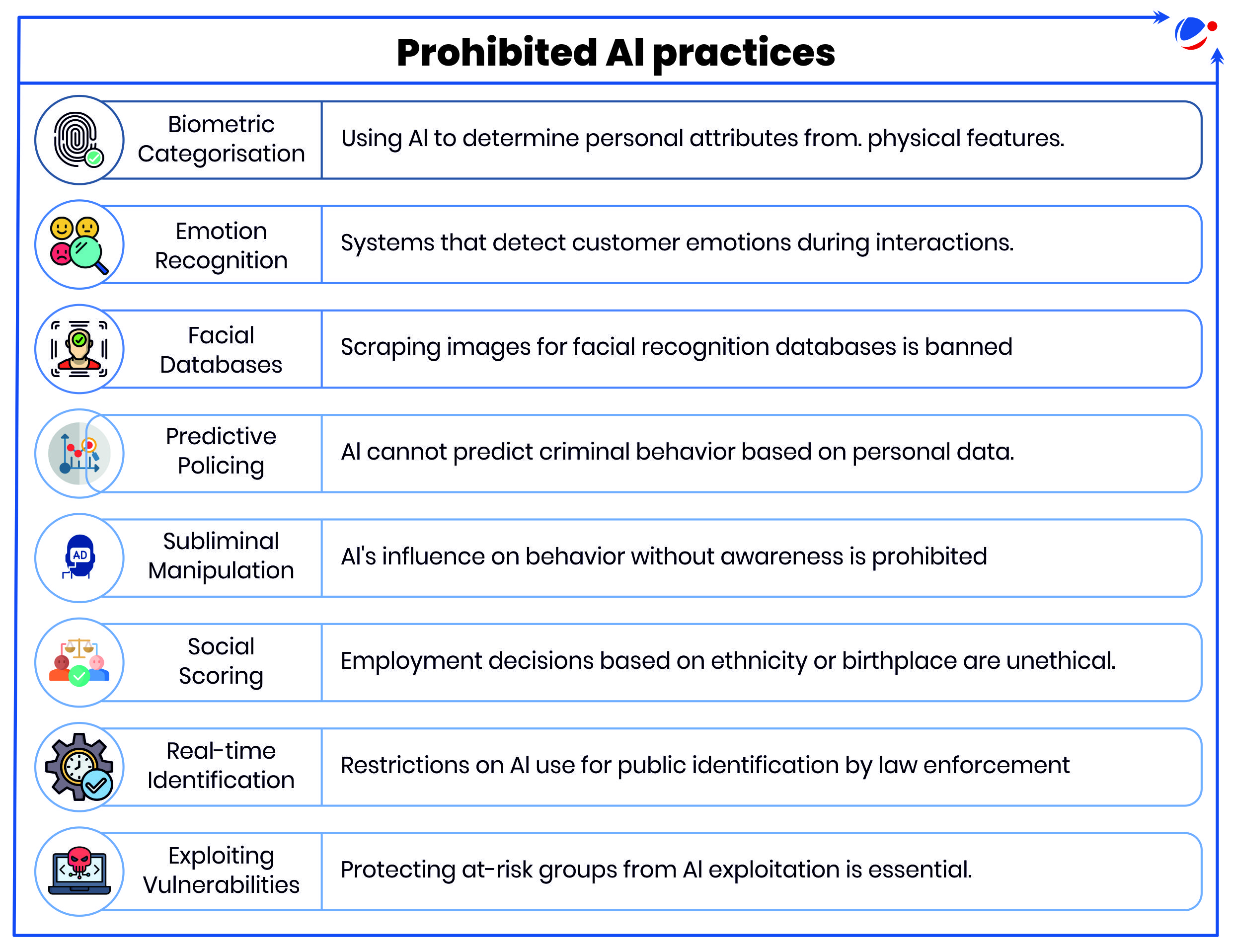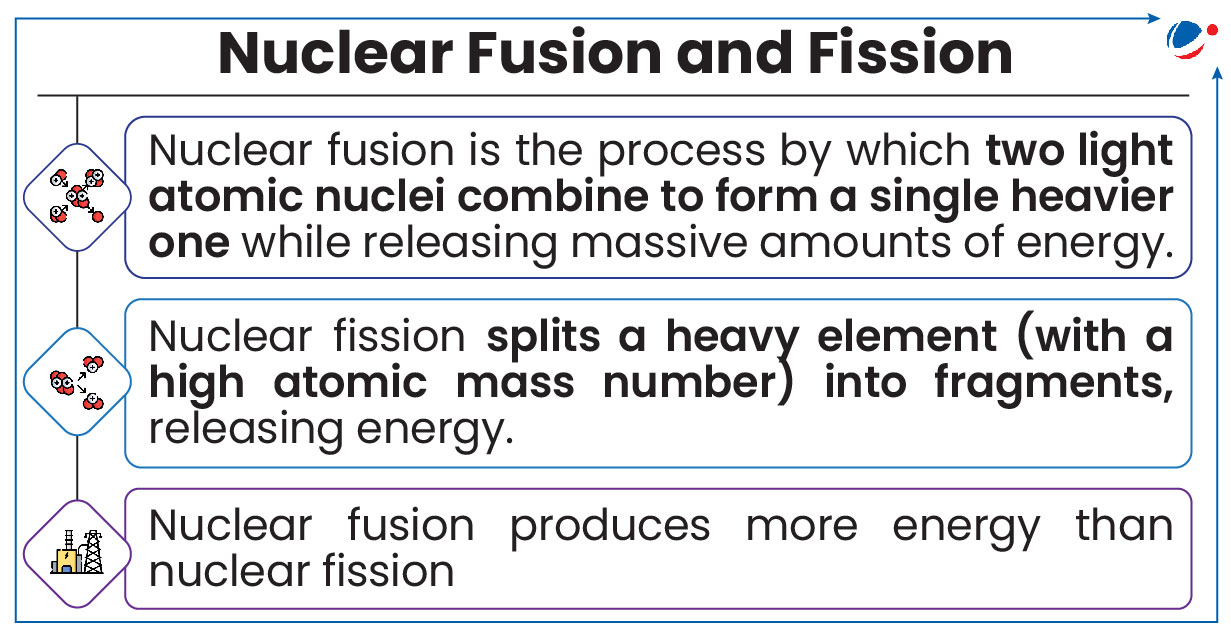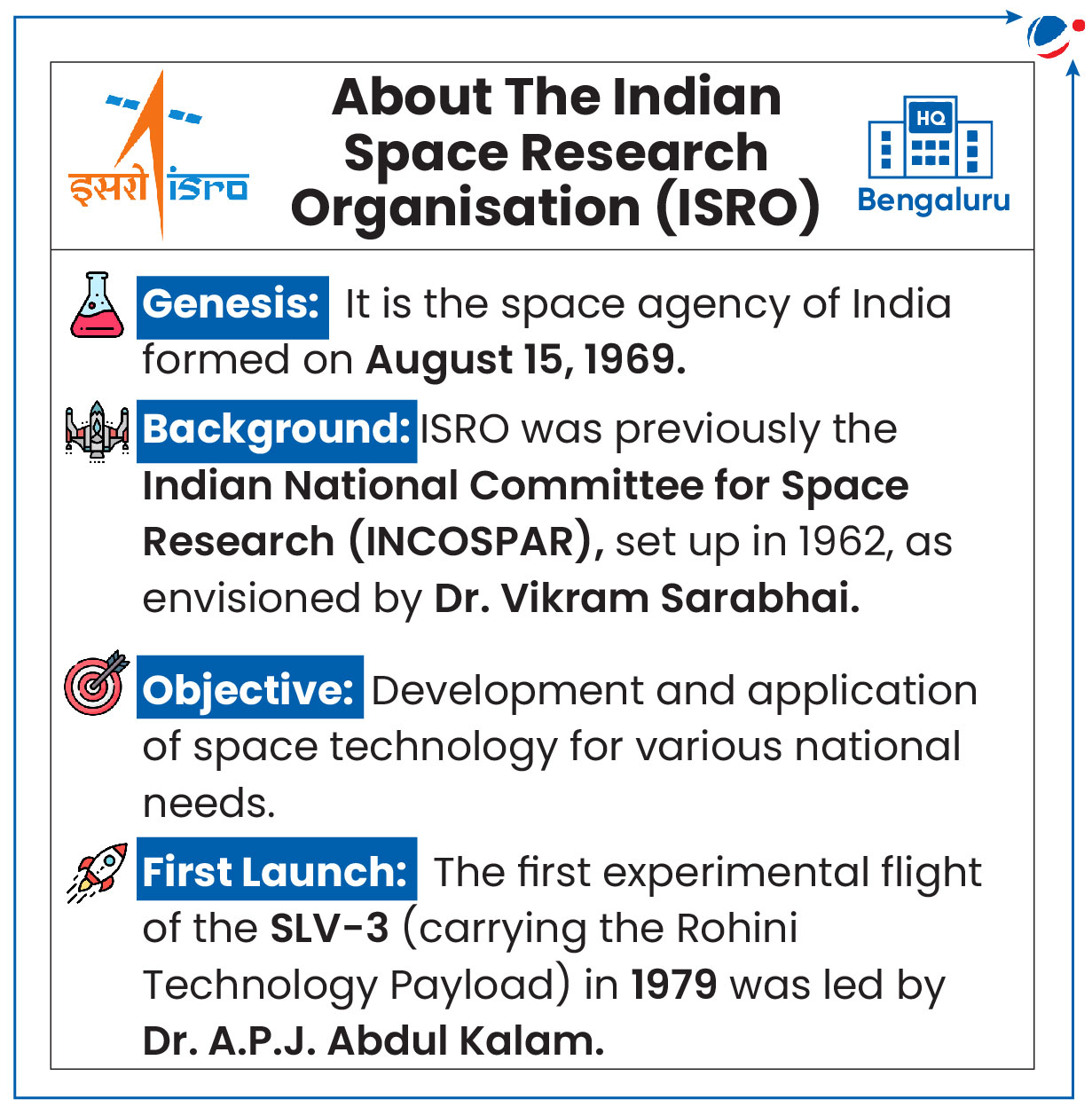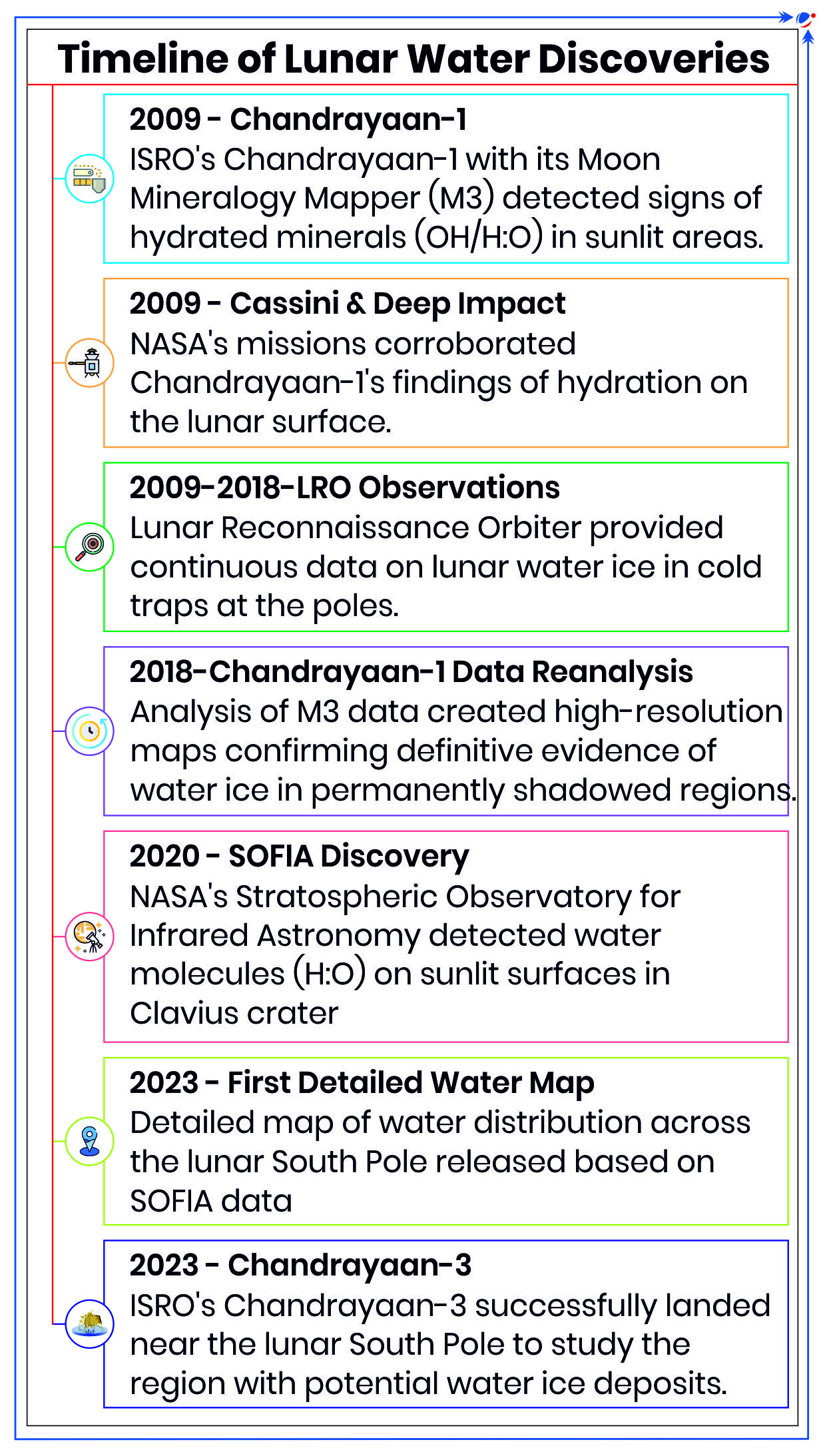EU AI Act Becomes Applicable
Rules on AI Literacy and Prohibited Systems Under the European Union AI Act became applicable.
- Under the new AI literacy obligations, providers and deployers will be required to ensure a sufficient level of AI literacy for their staff and other persons working with AI systems.
About European Union AI Act
- Genesis: The AI Act is the first-ever legal framework on AI, which entered into force in 2024 (will be fully implemented by 2026).
- Approach: The act takes a risk-based approach to regulation, applying different rules to AI according to the risk they pose.
- Prohibitions: The Act list AI prohibited practices (see image), emphasizing the importance of ethics, safety and transparency.

Impact of the AI Act
- Global Impacts:
- Human-centric focus: The Act safeguards fundamental rights, prevents discrimination, and promotes ethical AI, fostering global trust and responsible AI adoption.
- Global Benchmark for AI Regulation: Other countries may adopt similar frameworks, aligning their regulations with the EU's standards.
- Increased Compliance Costs: Non-EU companies may face additional costs to adapt their AI systems to comply with the Act.
- Impact on India:
- Risk-based regulation: India’s AI policy could benefit from a risk-based approach, categorising AI applications by their potential societal impact.
- Global alignment: Aligning India’s AI regulations with international standards can enhance global cooperation and help Indian companies stay competitive internationally.
- Tags :
- EU AI Act
Gene Bank for Crops Germplasm
Union Budget 2025-26 announced setting up of second National Gene Bank, comprising a million germplasm lines for future food and nutritional security.
- A gene bank is a repository of genetic material, such as seeds, pollen or tissue samples to protect them from potential extinction.
About First National Gene Bank
- First National Gene Bank was set up in 1996 by the Indian Council of Agricultural Research-National Bureau of Plant Genetic Resources (ICAR-NBPGR) in New Delhi.
- This bank comprises 12 regional stations across the country for collection and storage of vital crop germplasms.
- These germplasms are the genetic constituents of plants or animals that are used in research, conservation and crop breeding.
- Tags :
- National Gene Bank
China’s EAST Creates New Record In Fusion Reaction
China’s Experimental Advanced Superconducting Tokamak (EAST) created new record in Fusion reaction.
- EAST, also known as China’s Artificial Sun, maintained a steady-state high-confinement plasma operation for 1000+ seconds reaching a temperature of 100 million °C.
- A tokamak is a machine that confines a plasma using magnetic fields in a donut shape to harness the energy of fusion.

Significance of this achievement:
- Step towards fusion-based nuclear reactors which can act as alternatives to other sources of clean energy such as wind, solar etc.;
- Can address world energy crisis & problem of climate change.
Advantage of nuclear fusion
- High Energy Output – It produces greater amounts of energy than any other source.
- Abundant & affordable fuel –It uses cheap input materials, available in almost limitless supply. E.g., deuterium, tritium, hydrogen, Lithium
- Environmentally friendly – It has a zero-emission footprint and it does not contribute to greenhouse gas emissions or global warming
- Safe and Clean Process – Fusion reactors produce helium, an inert gas. They also generate and recycle tritium, a radioactive substance with a short half-life. As a result, fusion does not produce long-lived radioactive nuclear waste.
Challenges in nuclear fusion
- Extreme Temperature Requirement: Fusion requires temperatures of hundreds of millions of degrees Celsius, even higher than the Sun’s core.
- Plasma containment: At such high temperatures, matter exists only in the plasma state (atoms get split into positively and negatively charged particles). Keeping plasmas stable in order to extract energy is difficult.
- Magnetic Confinement: The plasma must be suspended within a confined space using strong magnetic fields to prevent contact with reactor walls.
- Tags :
- Nuclear Fusion
100th Launch Of the Indian Space Research Organisation (ISRO) From Sriharikota
The ISRO successfully placed the NVS-02 satellite into Geosynchronous Transfer Orbit using GSLV-F15 from Satish Dhawan Space Centre, Sriharikota, Andhra Pradesh.
- GSLV-F15 Vehicle is a three stage launch vehicle with a third-stage CUS 15 cryogenic engine.
- The NVS-02 is the second satellite in the NVS series, and part of India’s Navigation with Indian Constellation (NavIC).

What is NavIC?
- About: It is a regional navigation satellite system (erstwhile known as Indian Regional Navigation Satellite System) launched by ISRO.
- NavIC Network: NavIC is designed with a constellation of 7 satellites of which 3 satellites placed in geostationary orbit & 4 satellites are placed in inclined geosynchronous orbit.
- NavIC Services: Standard Position Service (SPS) for civilian users & Restricted Service for strategic users.
- Coverage Area: India and a region up to 1500 km beyond Indian boundary.
- Accuracy: NavIC’s SPS offer accuracy of better than 20 meters and a timing accuracy of better than 40 nanoseconds.
- Other: NavIC SPS signals are interoperable with the other global navigation satellite system (GNSS) signals i.e., GPS (of USA), GLONASS (Russia), Galileo (European Union) & BeiDou (China).
- Tags :
- NavIC
- 100th Launch ISRO
- NVS-02 satellite
- GSLV-F15
First Detailed Mapping of Moon’s South Pole
First detailed geological papping of Moon’s south pole area made from Chandrayaan Data.
- Researchers from ISRO (among others) created the first detailed lunar map using data from the Pragyan rover, which was deployed by Vikram (lander of India's Chandrayaan-3) on its nine-day mission.
- South Pole-Aitken Basin: Vikram landed near this ancient, massive impact crater (one of the largest in the Solar System).

Key Findings from Chandrayaan-3’s Lunar South Pole Exploration
- Terrain Types: Undulating landscape of highlands and low, flat plains.
- Confirmation of Subsurface Magma Ocean: Findings confirms ancient ocean of molten lava that extends across the entire moon.
- Age of the Lunar South Polar region: Calculated to be around 3.7 billion years, around the time the first signs of microbial life emerged on the earth.
- A Common Origin with Earth: The Moon’s geochemical similarities with Earth supports the theory that both bodies originated from the same molten material.
- Possibly due to a massive collision between Earth and a Mars-sized body about 4.5 billion years ago.
Significance of Lunar Craters
- The Moon’s craters have been preserved for billions of years due to no atmospheric erosion.
- They offer vital insights into the solar system’s early history and help date geological features on other planets.
- Lunar craters act as time capsules, preserving records of space-rock impacts shaping the entire solar system.
- Tags :
- Chandrayaan-3
- Lunar Craters
- Moon's South Pole
NASA Launches Satellite To Detect Water On The Moon

A SpaceX Falcon 9 rocket launched NASA’s Lunar Trailblazer orbiter as a secondary payload. The primary payload was Intuitive Machines' lunar lander mission (IM-2).
- IM-2’s Objective: To settle on to the moon where it will drill beneath the surface in a bid to find water there.
About Lunar Trailblazer Mission
- Objective: It will orbit at an altitude of roughly 100 km and collect high-resolution images of targeted areas to determine:
- The form, distribution and abundance of water and to better understand the lunar water cycle.
- Significance: Guide future human missions to locate and extract water resources.
- Components: Two Lunar Trailblazer instruments will take measurements from lunar Orbit:
- Lunar Thermal Mapper (LTM): will map and measure the lunar surface temperature.
- High-resolution Volatiles and Minerals Moon Mapper (HVM3): It will search for light patterns indicating water on Moon.
Importance of Lunar Water
- Drinking Supply: Processed into drinkable water
- Breathable Oxygen: Converted into oxygen for breathing
- Rocket Fuel: Hydrogen fuel for rockets.
- Exploration of the Solar System: Lunar water enables deeper space exploration, including Mars.
- Tags :
- Water on Moon
- Lunar Trailblazer Mission
- IM-2
Red Color of Mars
A study published in Nature Communications challenges the long-held belief about Mars' red color.
Findings of the New study about Red Color of Mars (The Red Planet)
- Previous studies attributed Mars’ red color to anhydrous hematite formed through recent weathering.
- New study finds poorly crystalline ferrihydrite (Fe5O8H · nH2O) is the main iron oxide in Martian dust.
- It is formed during a cold, wet period on early Mars under oxidative conditions. It suggests Mars underwent aqueous alteration before becoming the dry desert seen today.
- Tags :
- Red Color of Mars
Lower-Sodium Salt Substitutes (LSSS)
The Department of Nutrition and Food Safety (NFS) of the World Health Organization (WHO) has launched its new guideline on the use of lower-sodium salt substitutes.
About the LSSS
- Composition: They contain less sodium than regular salt and often include potassium chloride, with or without other agents, to achieve a flavour similar to regular salt.
- Advantages: Help in limiting sodium intake to below 2 g/day to reduce noncommunicable diseases such as blood pressure and risk of cardiovascular diseases (CVDs).
- Concerns: LSSS with potassium can be harmful as too high a level of blood potassium (hyperkalaemia), can affect individuals with impaired kidney function.
- Tags :
- Lower-Sodium Salt Substitutes (LSSS)
Shatavari
The Ministry of AYUSH has launched a campaign titled “Shatavari –For Better Health" to increase awareness about Shatavari’s health benefits.
About Shatavari (Asparagus racemosus)
- Shatavari, meaning “curer of a hundred diseases”
- It is a medicinal woody climber growing to 1-2 m in height.
- Uses: Dried roots, leaves are used as a drug in Ayurvedic medicine
- Habitat: Low altitudes in shade and in tropical climates.
- It is spread across Asia, Australia and Africa.
- Health Benefits: Improves female reproductive health, hormonal balance, ulcer healing effect, promotes vitality and longevity, imparts immunity, treating nervous disorders etc.
- Tags :
- Shatavari
Articles Sources
Bharat Tech Triumph Program
Bharat Tech Triumph Program has been launched to support digital and online gaming in India.
About Bharat Tech Triumph Program
- Launched by: Interactive Entertainment and Innovation Council (IEIC), in partnership with the Ministry of Information and Broadcasting (MIB),
- Objective: To identify and showcase India’s gaming talent on the international stage.
- It will provide Indian innovators with a global platform to highlight their expertise and expand India’s presence in the international gaming industry.
- Tags :
- Bharat Tech Triumph Program



